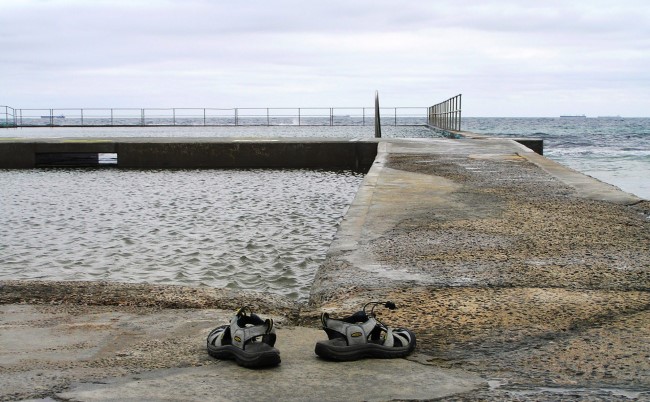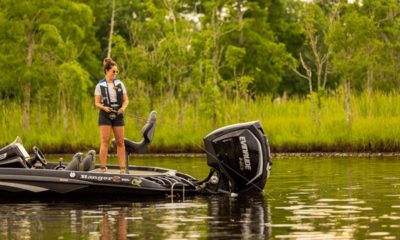Sports
Cool Water: 5 Hypothermia-Halting Hints

The hard truth of hypothermia is this: Cold kills, even when it’s not very cold.
If you’re the kind of outdoorsperson whose smile grows wider the lower the mercury, the kind who sees flurries and thinks “duck hunting weather,” then it’s very important to remember that cold-water safety is every bit as important as gun safety. The U.S. Coast Guard reports that cold water immersion and hypothermia can occur in water as warm as 70 degrees. Even in a healthy person, cold-water immersion can impact muscle movement, breathing and heart rate. Prolonged exposure to the water can lead to hypothermia, cardiac arrest and death.
“Cold water immersion can be deadly so every second you’re in the water is a race against the clock,” said Josh Hoffman, the department’s boating safety education coordinator. “That’s why it’s critical to make sure you are prepared for the worst, before heading out on the water by making sure you’re properly dressed and always wearing a life jacket. It’s really the simplest thing you can do to save your own life and return home safely.”
Whether a person is enjoying wild waters from a paddleboard, kayak, canoe or boat, life jackets are a critical part of boating safety. They help to keep a person’s head above water and body on the surface. Life jackets are required for those 12 and younger, but wearing a life jacket is a simple step that will save a person’s life of any age.
If you do fall overboard, stay calm, move slowly and don’t try to take off clothing while in the water. If the boat has capsized, it most likely will not sink and can be used as a platform. It’s advised that boaters stay on top of the capsized vessel or paddleboard as much as possible in order to stay out of the water.
Survival may also depend on how well you’re dressed to cope with cold water. The National Center for Cold Water Safety and the National Safe Boating Council recommend:
- Wearing thermal protection like a wetsuit or drysuit so that you don’t experience cold shock. Wearing enough protection to keep you functioning if you have to swim or get towed to shore, and if you can’t get to shore, enough protection to keep you alive long enough to be rescued.
- Wearing a float coat provides the comfortable fit and warmth of an insulated jacket, while also providing the functionality of a life jacket. A float coat does not provide hypothermia protection or replace anti-exposure coveralls or a dry suit. Be sure to check that it’s U.S. Coast Guard-approved.
- A dry suit, or anti-exposure coveralls, keeps the boater dry and protects him or her from hypothermia. It’s worn over proper clothing layers. Boaters should try it on with their clothing layers to ensure they still have needed mobility for the boating activity.
- Carry at least two communication devices that will work when wet, such as a VHF FM-DSC marine band radio and an emergency position-indicating radio beacon or personal locator beacon.
- Keep emergency spare blankets on board in case someone is suffering from hypothermia symptoms.
-

 Camping & Survival2 months ago
Camping & Survival2 months agoField Dressing 101: Knowing When It’s Their Turn
-

 Adventure1 month ago
Adventure1 month agoElk Calling Tips: Essential Guide for First-Time Hunters
-

 Accessories1 month ago
Accessories1 month agoBackcountry Trails 2025: Top 10 Hacks & Gear
-

 Adventure4 weeks ago
Adventure4 weeks agoE-Bike Trails During Fall 2025 in the US | Autumn Routes 🚲🍁
-

 Accessories3 weeks ago
Accessories3 weeks agoKilian Jornet States of Elevation Midway Update
-

 Uncategorized5 days ago
Uncategorized5 days agoBest Corn Mazes 2025: Top 10 in the US for Fall Fun





